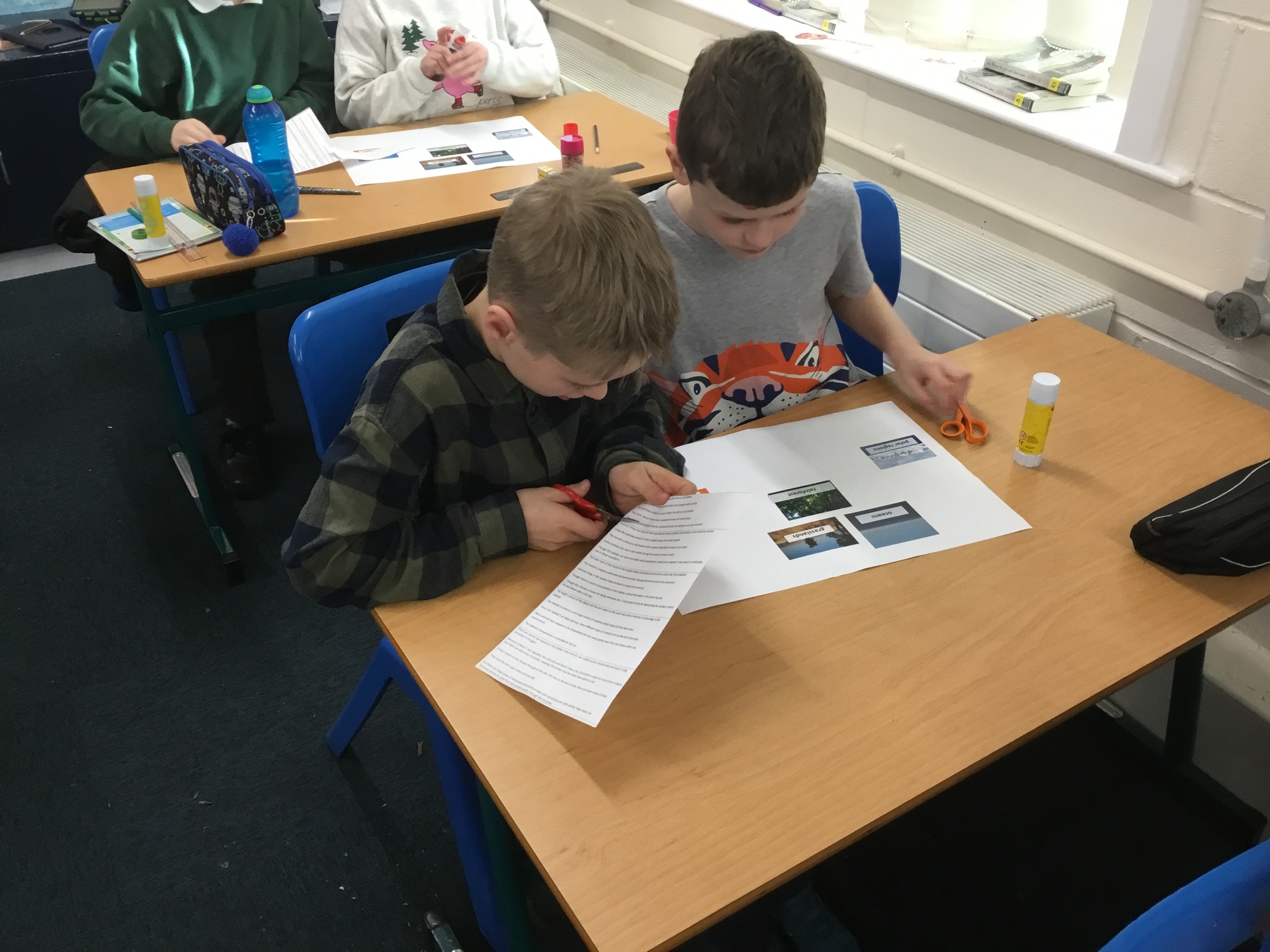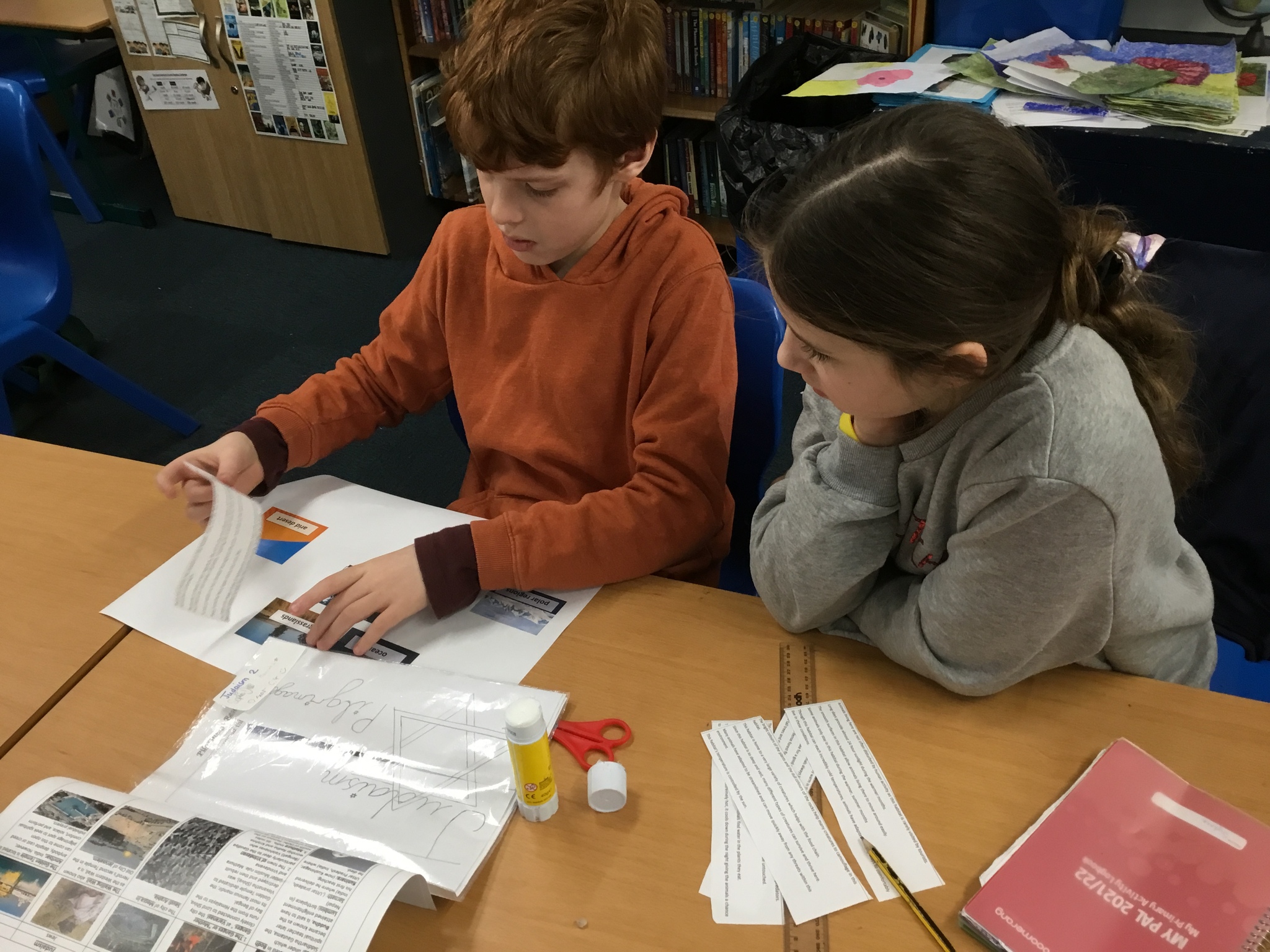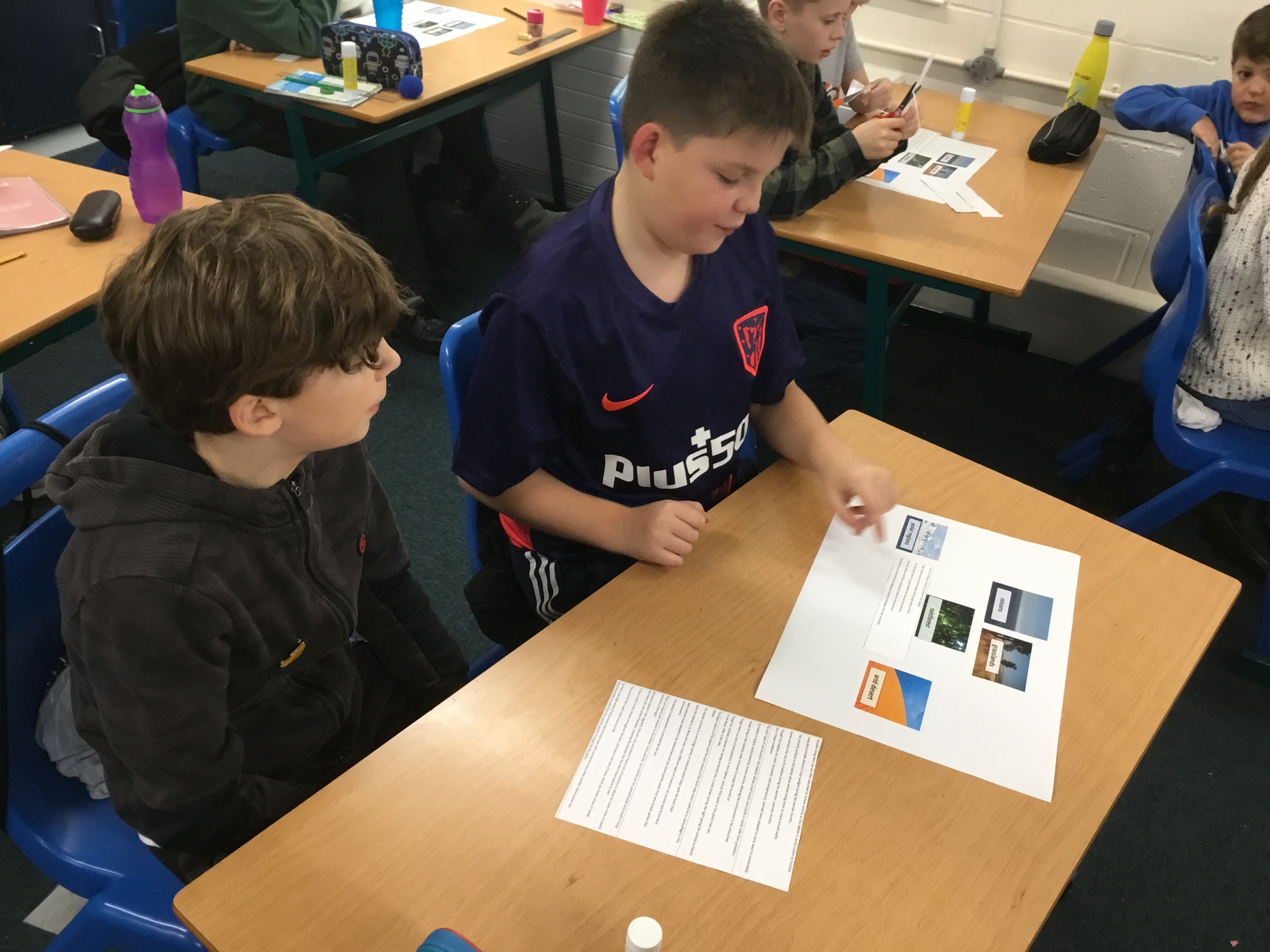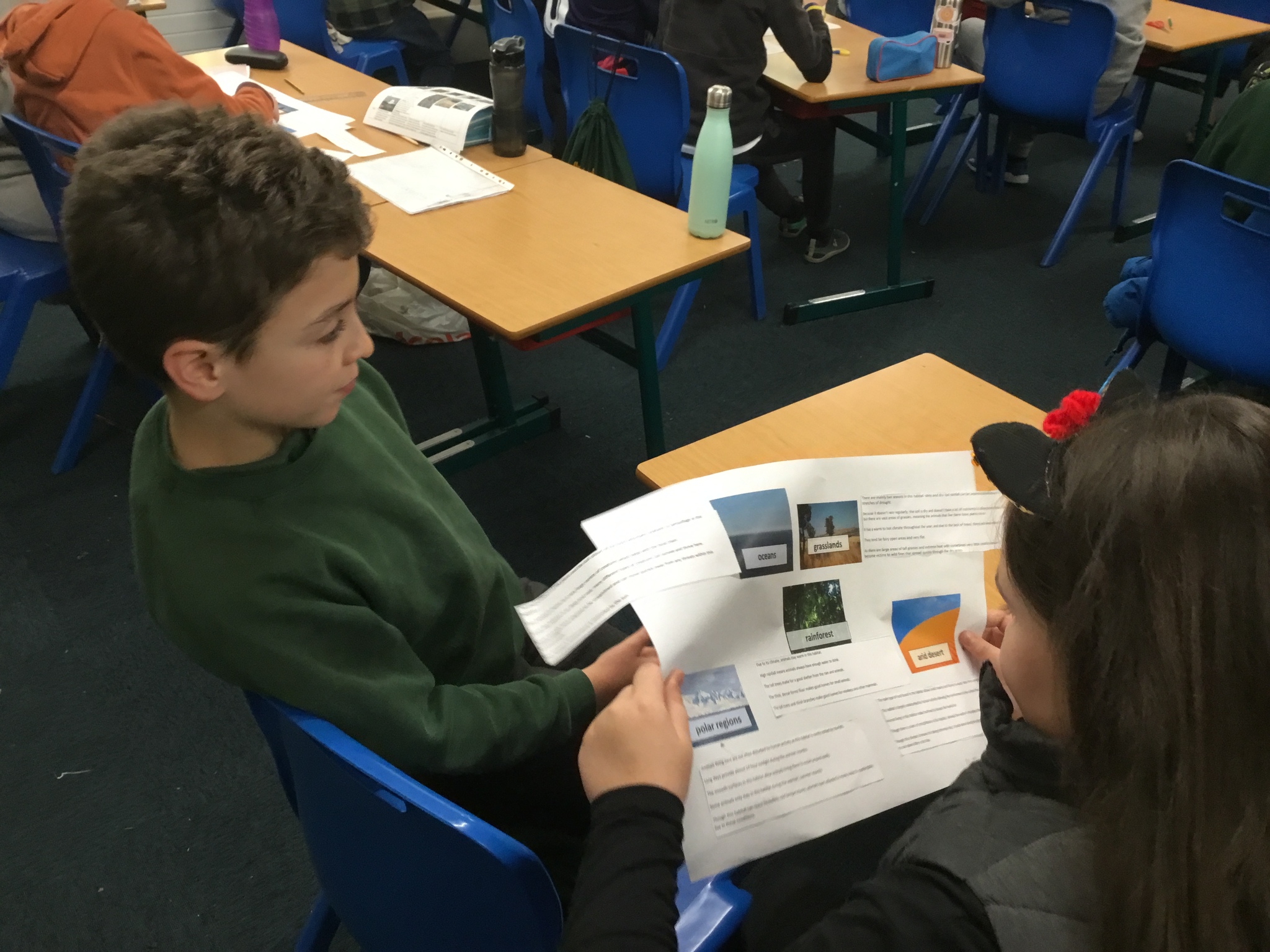
In Science, we have been learning about plant and animal adaptations so they are better suited to live in their habitats. To start off, we matched and then learned as many facts as possible about a selection of habitats: grasslands, ocean, polar regions, arid deserts and rainforests. We worked in partners to quiz each other on our learning before researching one of those habitats to find out how animals and plants have adapted to thrive there.
We learned about how, in the arid deserts, plants and animals have adaptations to disperse heat quickly and conserve water, as these are the main challenges faced within this environment.
In the Ocean, many animals had adapted the use of gills to respire underwater and some had even developed the ability to regenerate limbs should one be injured or removed!
Did you know that toucans' long beaks are an adaptation that helps them to reach fruits and berries from the weaker areas of the tree, whilst still standing on the sturdy branches? Also, many plants here have drip leaves so that the heavy rainfall will run straight off them rather than causing damage to the plant!
In the grasslands, many animals have adapted to having large, flat teeth to help them grind down the thick grasses that grow there. Other animals (giraffes) have adapted to having longer necks so they can reach the higher leaves on the trees, ensuring food is accessible!
In the polar regions, many of the adaptations of animals include the ability to conserve heat through thick furs and layers of fat. Plants there grow close to the ground to conserve heat and provide shelter, with shallow roots as the soil is so thin!
What other facts can you remember? You can also click on the links from the blog below to refresh your memories!




















_(1).jpeg)
.jpeg)
_(1).png)
_(1).jpeg)
_(1).jpeg)
.jpeg)